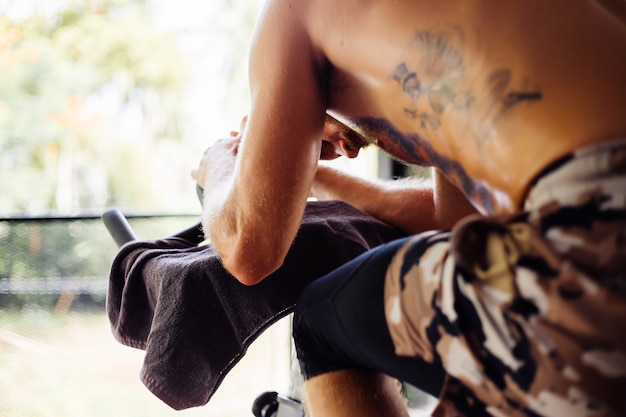Recovery is not a luxury for runners—it's a necessity. Whether you're training for a 5K or a marathon, what you do after your run can be just as important as the run itself. Proper recovery reduces injury risk, enhances performance, and supports long-term progress. In this comprehensive guide, we explore 45 effective recovery strategies, backed by science, with clear explanations of how they work and how to adapt them to your unique needs.
Running places significant stress on muscles, joints, and the cardiovascular system. Recovery allows your body to repair microtears in muscle fibers, replenish glycogen stores, reduce inflammation, and restore hormonal balance. Skipping recovery can lead to overtraining, fatigue, and burnout.

Gradually lowering your heart rate helps clear lactate and prevents blood pooling. Walk or jog slowly for 5–10 minutes post-run.
Hold stretches for 20–30 seconds to improve flexibility and reduce muscle tightness. Focus on hamstrings, quads, calves, and hip flexors.
Foam rolling breaks up adhesions and improves blood flow. Use it on major muscle groups for 1–2 minutes each.

Replenish fluids lost through sweat. Water is essential, but after long runs, add electrolytes to restore sodium and potassium.
Consume a 3:1 carb-to-protein ratio within 30–60 minutes post-run to support muscle repair and glycogen restoration.
Sleep is when most tissue repair occurs. Growth hormone release peaks during deep sleep, aiding recovery.
Compression socks or sleeves may improve circulation and reduce muscle soreness, especially after intense efforts.
Cold immersion reduces inflammation and muscle soreness. Limit to 10–15 minutes at 50–59°F (10–15°C).
Alternate between hot and cold water (e.g., 1 minute hot, 1 minute cold) to stimulate blood flow and reduce swelling.
Light activities like walking, swimming, or cycling increase circulation without adding stress.
... (Continue with remaining 35 strategies in similar fashion: hydration, nutrition timing, massage, mobility work, rest days, heart rate variability tracking, mindfulness, etc.)
Not all runners recover the same way. Factors like age, training volume, intensity, and lifestyle influence recovery needs. New runners may need more rest days, while experienced athletes can handle higher frequencies with proper recovery tools.
Use tools like perceived exertion, sleep quality, and resting heart rate to gauge recovery status. Adjust your plan weekly based on how your body responds.
Recovery isn't passive—it's an active part of training. By integrating these 45 strategies into your routine, you’ll enhance performance, reduce injury risk, and enjoy running more sustainably. Start with a few key techniques, monitor results, and gradually build a personalized recovery plan that supports your goals.

Fitness

Fitness

Fitness

Fitness

Fitness

Fitness

Fitness

Fitness

Fitness

Fitness

Fitness

Fitness

Health

Fitness

Health

Health